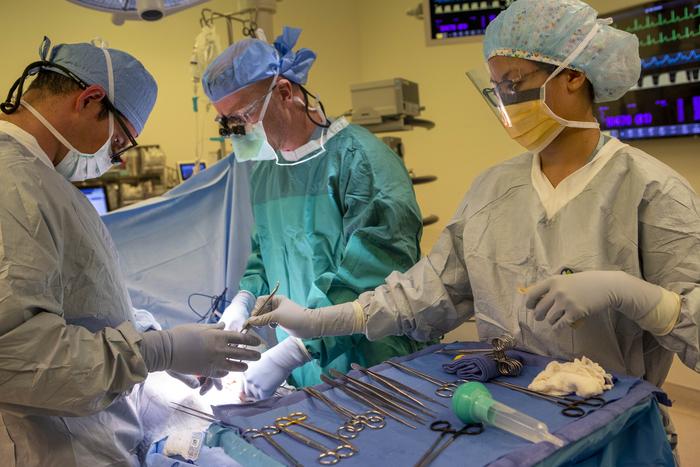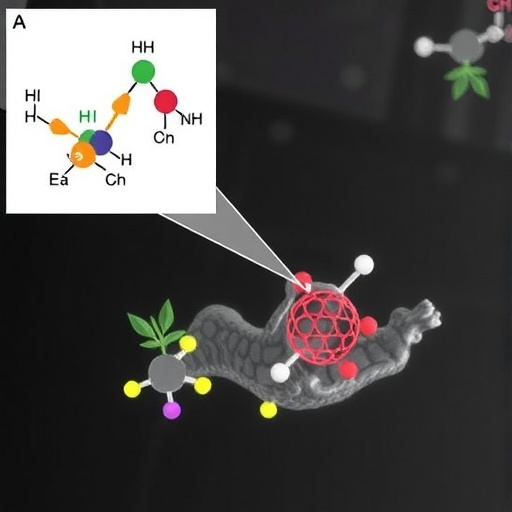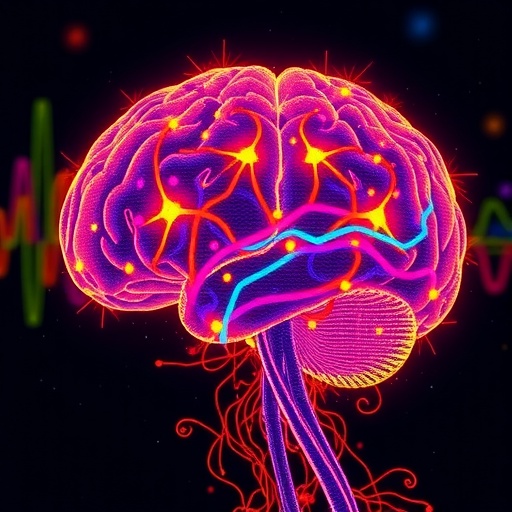UCLA-led research describes the role that a protein called CEACAM1 plays in protecting the liver from injury during the transplantation process, potentially improving transplant outcomes. But the features that regulate this protective characteristic remain unknown.

Credit: UCLA Health
UCLA-led research describes the role that a protein called CEACAM1 plays in protecting the liver from injury during the transplantation process, potentially improving transplant outcomes. But the features that regulate this protective characteristic remain unknown.
In a new study, to be published online Aug. 2 in Science Translational Medicine, a research team has identified the molecular factors at the root of this protection and shown how using molecular tools and alternative gene splicing can make CEACAM1 more protective, thus reducing organ injury and ultimately improving post-transplant outcomes.
Prior to transplantation, a solid organ, such as a liver, has no blood flow and, as a result, lacks oxygen. Blood supply is returned to the organ during transplantation, but that process can cause inflammation and tissue damage called ischemic reperfusion injury, also known as reoxygenation injury.
“Understanding the factors that lead to organ shortage remains the best option to expand the donor pool available for life-saving transplantation,” said Kenneth Dery, an associate project scientist in the UCLA Department of Surgery and the study’s lead author. “Peri-transplant events, such as ischemia-reperfusion injury activate the recipient’s immune responses and negatively affect outcomes.
Specifically, the researchers found that Hypoxia Inducible Factor 1 (HIF-1α), which regulates oxygen consumption, played a central role in orchestrating the activation of the version of CEACAM1, called CEACAM1-S, that limits cellular injury and improves liver function in mice. They also found that this relationship between CEACAM1-S and HIF-1 in donor livers in humans predicts better overall liver transplantation outcomes and better immune functioning.
The researchers identified a novel gene expression pathway that becomes activated following ischemia and oxygen stress. This pathway, called alternative splicing, is an adaptation that cells use to boost their protein diversity in times of danger, inflammation, and injury. The researchers showed that as the cell senses low oxygen conditions, HIF-1α begins regulating the RNA splicing factor, Polypyrimidine tract-binding protein 1 (Ptbp1), that in turn directs the splicing of the CEACAM1 gene, leading to the protective CEACAM1-S version that reduces the liver injury that accompanies transplantation.
In addition, the researchers used a molecule called DMOG in animal studies to stabilize HIF-1α in vivo, under normal oxygen conditions, which effectively boosted the protective version of CEACAM1-S, thus providing a therapeutic proof-in-concept for future studies.
“These results suggest that CEACAM1-S may be a potential marker of liver quality and that efforts to increase its expression may have therapeutic benefits for transplantation or acute liver injury,” the researchers write.
The next steps will be to test the perfusion of tissues from suboptimal human livers that were kept in extended cold storage in the presence of molecules called morpholinos that modify gene expression.
Many hundred genes are likely undergoing alternative splicing in an effort to manage the cellular stress that accompanies liver transplanation, Dery said.
“Our hypothesis is that if we can identify all the alternative splicing changes that are occuring following ischemic stress, we can begin to really understand how to “rejuvenate” donor organs, which play an important role in reducing organ shortages,” he said. “Forming the ‘beneficial’ version of CEACAM1-S prior to liver transplantation has the potential to act as a checkpoint regulator of oxygen-related stress and will see a reduction of liver ischemia-reperfusion injury.”
Study co-authors are Dr. Hidenobu Kojima, Dr. Shoichi Kageyama, Dr. Kentaro Kadono, Dr. Hirofumi Hirao, Brian Cheng, Dr. Yuan Zhai, Dr. Douglas Farmer, Dr. Fady Kaldas, and Dr. Jerzy Kupiec-Weglinski of UCLA; and Xiaoyi Yuan and Dr Holger Eltzschig of UT Health. Kageyama and Kadono are now at Kyoto University and Zhai is currently at the University of South Carolina.
The study was funded by grants from the National Institutes of Health (P01 AI120944, R01 DK062357, DK107533, DK102110, R01HL154720, R01DK122796, R01HL133900, and R01HL155950); the Department of Defense (W81XWH2110032); a Parker B. Francis Fellowship, and an American Lung Association Catalyst Award (CA-622265).
Journal
Science Translational Medicine
DOI
10.1126/scitranslmed.adf2059
Method of Research
Experimental study
Subject of Research
People
Article Title
Alternative splicing of CEACAM1 by Hypoxia-Inducible Factor–1α enhances tolerance to hepatic ischemia in mice and humans
Article Publication Date
2-Aug-2023




